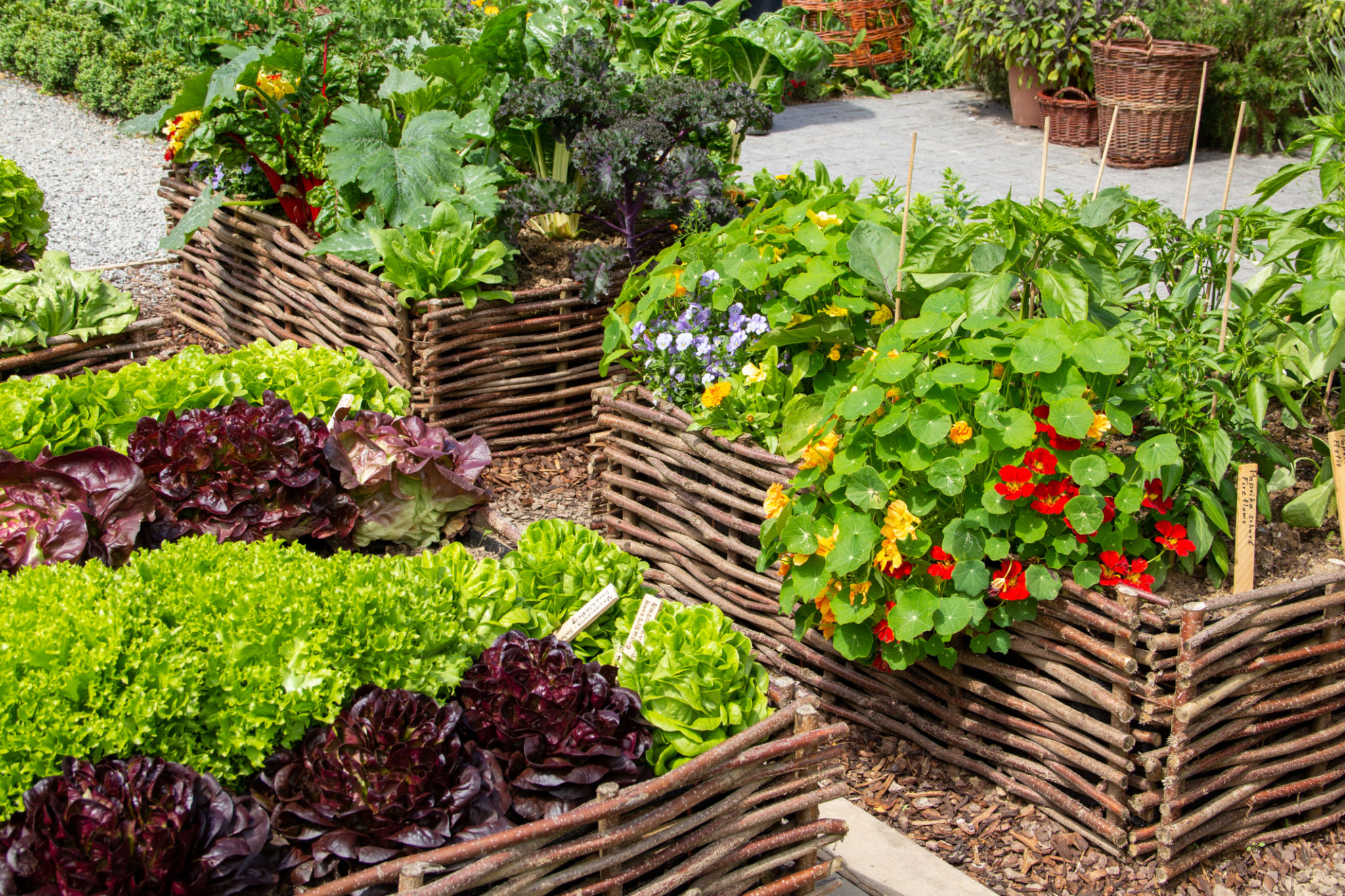Transform Your Outdoor Space: A Comprehensive Guide to Landscape Design
Understanding Your Space
Transforming your outdoor space begins with understanding what you have to work with. Assess the size, shape, and existing features of your garden or yard. Whether you’re dealing with a sprawling backyard or a compact patio, knowing the dimensions and characteristics of your space will guide your design choices. Pay attention to sunlight patterns, soil quality, and drainage issues as these factors will influence plant selection and layout.
Consider the purpose of your outdoor area. Do you envision a tranquil retreat, a lively entertainment spot, or a productive vegetable garden? Defining the function will help shape the design elements you incorporate. Always remember that successful landscape design blends aesthetics with functionality.

Design Principles
Professional landscape design relies on a few key principles to achieve harmony and beauty. These include balance, contrast, unity, scale, and transition. Balance involves distributing elements evenly across the space, while contrast uses color and texture to create visual interest. Unity is achieved when all design elements work together cohesively.
Scale and transition help in managing the proportions between different elements and creating a smooth flow throughout the space. When selecting plants, hardscaping materials, and accessories, consider how they will interact with each other and the overall environment.
Incorporating Hardscapes
Hardscaping refers to non-plant elements like pathways, patios, walls, and water features. These structures provide functionality and add visual interest to your outdoor space. Choose materials that complement your home’s architecture and the natural surroundings. Popular options include stone, brick, wood, and metal.
Paths can guide visitors through your garden, while patios offer a place to relax or entertain. Consider adding a water feature such as a fountain or pond to introduce soothing sounds and attract wildlife.

Selecting the Right Plants
Plants are the heart of any landscape design. Choose species that thrive in your climate and suit the style of your garden. Native plants are a great choice as they require less maintenance and support local biodiversity. Think about the seasonal changes in foliage and blooms to ensure year-round interest.
Create layers by combining trees, shrubs, perennials, and ground covers. This approach adds depth and texture to your landscape. When placing plants, consider their mature size to prevent overcrowding and ensure they have enough space to grow.
Edible Landscaping
If you love gardening or want to grow your own food, consider incorporating edible plants into your landscape design. Herbs, vegetables, and fruit-bearing plants can be both functional and attractive. Use raised beds or vertical gardens to maximize space in smaller areas.

Lighting Your Outdoor Space
Outdoor lighting enhances safety and extends the usability of your garden into the evening hours. Use path lights, spotlights, and string lights to create ambiance and highlight key features. Solar-powered options are energy-efficient and easy to install.
Consider layering different types of lighting to achieve a balanced effect. Up-lighting trees can create dramatic silhouettes, while down-lighting provides a cozy glow over seating areas.
Maintaining Your Landscape
A well-maintained landscape ensures lasting beauty and health of your outdoor environment. Regular tasks include pruning, weeding, fertilizing, and watering. Implementing smart irrigation systems can help conserve water while keeping plants healthy.
Schedule seasonal clean-ups to remove debris and prepare your garden for changing weather conditions. With consistent care, your transformed outdoor space will continue to thrive for years to come.
